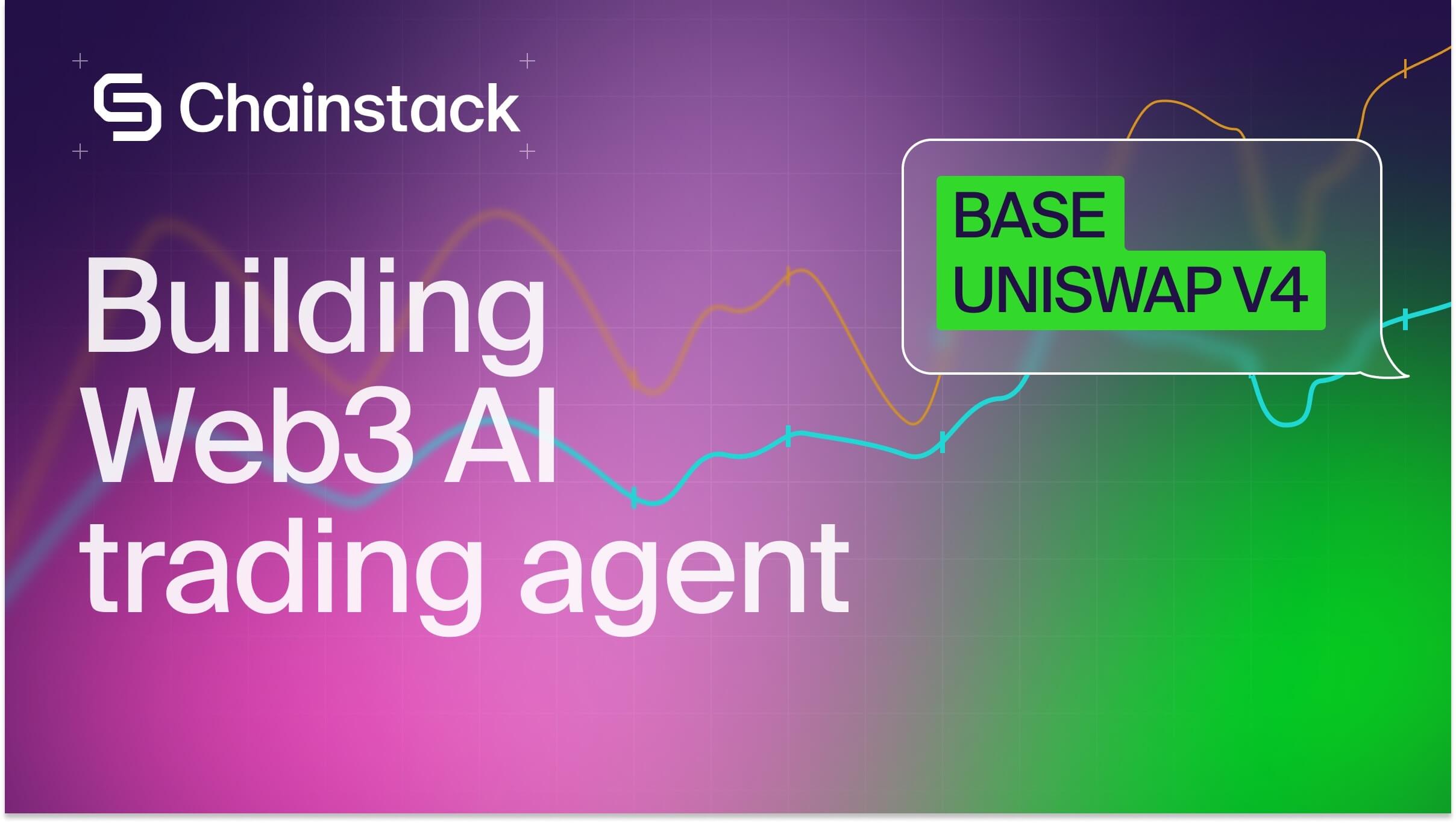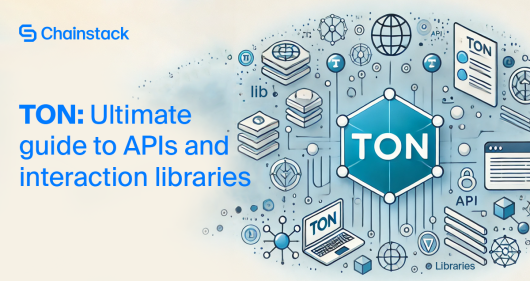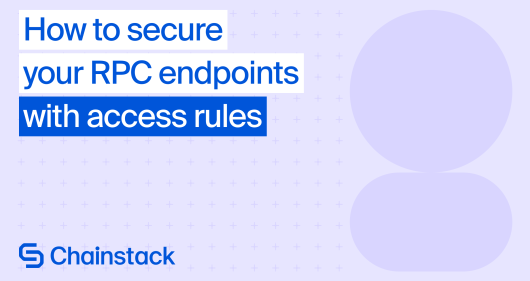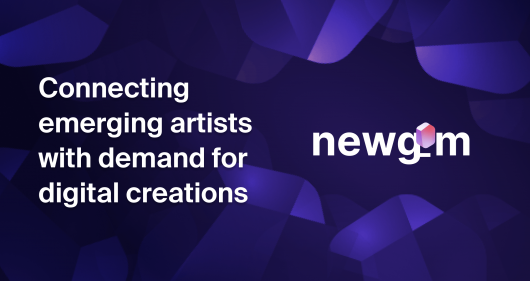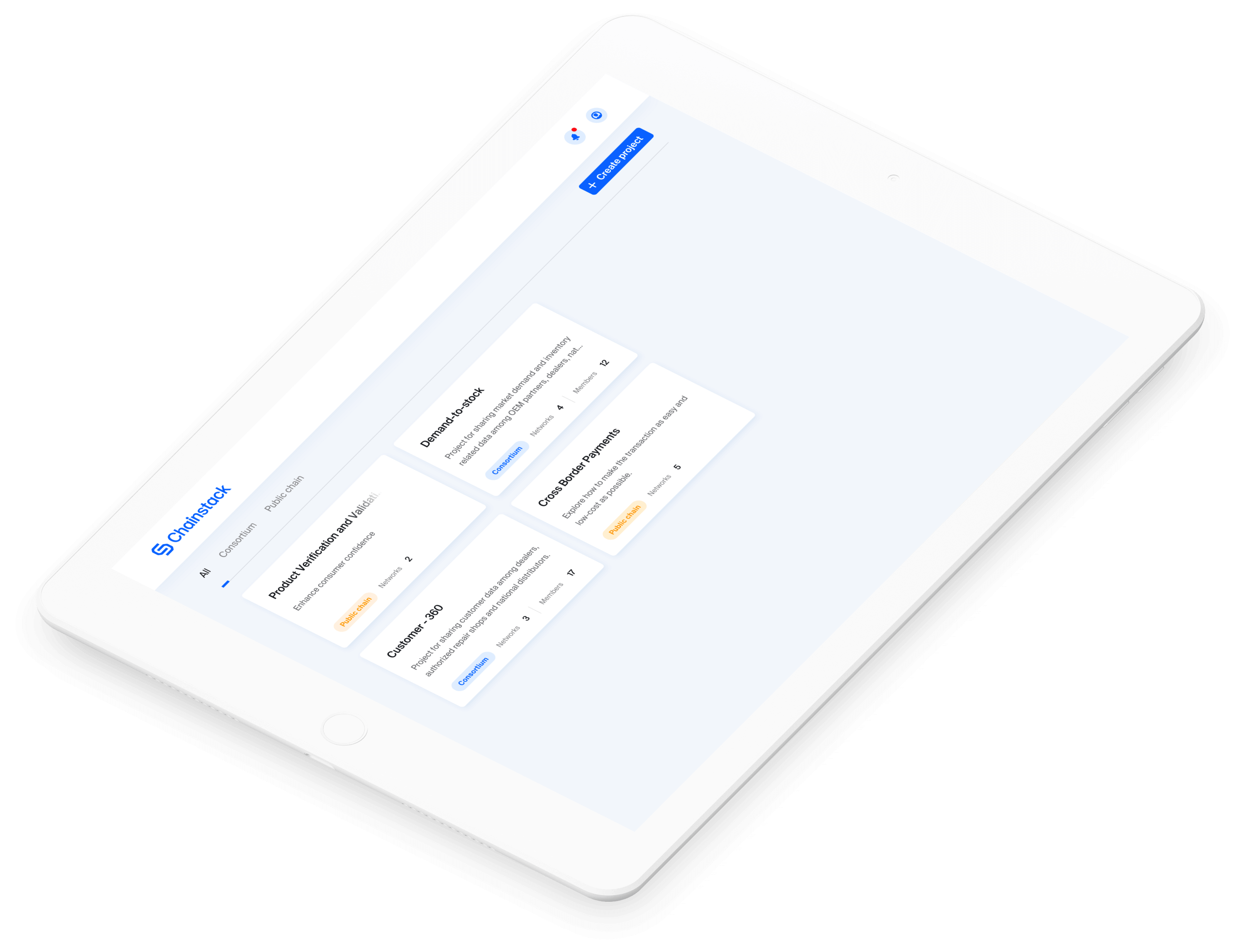How Utility NFTs are redefining the future of digital assets

Blockchain technology and the rise of NFTs have ushered in a new era in digital innovation. Amidst this revolution, one form of NFT is subtly redefining the way we perceive digital ownership—Utility NFTs.
These are not just digital collectibles, but tokens that offer real-world benefits, privileges, and rights to the token holders. As the NFT market sees exponential growth, Utility NFTs are gaining prominence for their unique capabilities and potential to shape the future of blockchain technology.
From reinventing the ticketing system for events to enabling unique privileges in the explosive gaming industry, Utility NFTs have already started stirring the waters. But how does this work? And what could the future of Utility NFTs look like?
This blog post will take you on a journey through the world of Utility NFTs, exploring what they are, how they work, and how they could redefine multiple sectors in the years to come.
What are Utility NFTs
When delving into understanding Utility NFTs, the focus pivots towards ‘utility’—the element that expansively maps their applicability beyond the traditional ‘digital collectibles’ realm. Utility NFTs essentially refer to virtual assets that accord token holders with certain privileges, benefits, or services. In simple terms, these NFTs serve up a ‘right’ to the user to access a certain utility or advantage.
Let’s illustrate this with an example. Imagine a scenario where a concert organizer, Mr. Lee, chooses to leapfrog from traditional paper tickets to Utility NFT tickets. These tickets are digitized representatives of their real-world counterparts, each bearing unique data such as ticket numbers and seat numbers. However, the crux is that they provide the token holders with additional layers of perks.
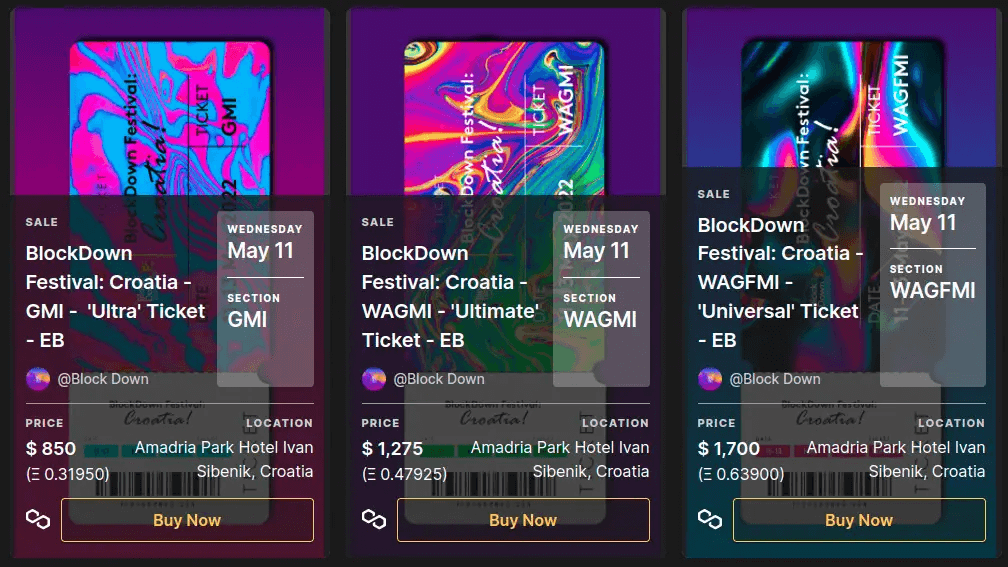
Being digitally encrypted on the blockchain, these tickets ensure optimal security, offer immutable originality verification, are easily transferable, and cannot be duplicated due to their unique attributes—all characteristics of standard NFTs. But besides this, utility NFTs infuse added privileges, taking the appeal of NFTs up a notch and opening up new horizons for blockchain-based solutions to transform the financial world.
The true power of utility NFTs does not merely end at digital collectibles. They encompass a broad spectrum of assets, from digital art to real estate to gaming content. In essence, they grant holders access to exclusive rights to a particular asset, a feature that positions utility NFTs at the cutting-edge of blockchain-driven innovation.
How Utility NFTs work
The core technology that powers Utility NFTs is the same that underpins all forms of NFTs—blockchain, a decentralized ledger system that adds an unparalleled layer of security and transparency to all transactions. Primarily built on Ethereum’s blockchain, utility NFTs stand out due to the combination of their unique attributes and the practical benefits they confer on holders.
They encompass the same structural brilliance as other NFTs and maintain their uniqueness with the help of cryptographic encryption. However, they have an added element of ‘functionality.’ For instance, in a concert setting, NFT tickets can ensure seating placement, event entry, and permanence, all while being digitally trackable, uniquely assigned, and unduplicable.
The operational mechanics of utility NFTs mirror that of standard NFTs, encapsulating each transaction’s uniqueness with an exclusive ID and metadata that cannot be reproduced or duplicated. This character of NFTs is sustained by smart contracts which are self-executing contracts with the agreement’s conditions directly written into lines of code.
Given that Utility NFTs are still in their blooming phase, their full potential across various sectors is yet to be realized.
Unique characteristics of Utility NFTs
Utility NFTs have begun to showcase their significance in business and popular culture. This new trend has influenced even existing NFT collections to evolve into Utility NFTs—a real-world example is the prominent Bored Ape Yacht Club, which now offers exclusive access to events and the ability to mint new NFTs. The transformation from classic to utility-infused NFTs unlocks a multitude of added privileges.
What sets Utility NFTs apart is that beyond offering proof of ownership, they also include inherent utility or use-cases. Whether it’s a digital ticket to an exclusive event or governance rights within a decentralized community, the scope of utility NFTs extends much beyond mere ownership of the token itself.
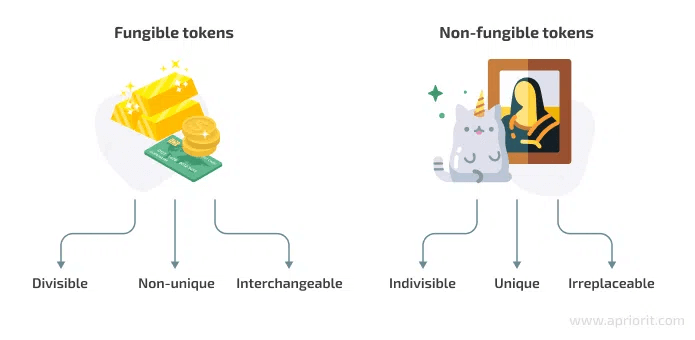
Utility NFTs advantages over traditional tokens
The advantages of Utility NFTs over traditional tokens are numerous. They are capable of building community, proving and incentivizing ownership, and even protecting our planet. The technology for this transformative shift is already here; how we utilize it is limited only by our imagination and creativity.
- Enhanced digital transfer security: Utility NFT marketplaces tailored for various sectors promise heightened security and data integrity. This advancement significantly reduces the risks of cyber fraud and manipulation, such as tampering with crucial information or fraudulent transactions like counterfeit deeds.
- Streamlined ownership verification: The blockchain-based creation of Utility NFTs guarantees secure and unalterable records of ownership, drastically cutting down on paperwork and notary services. This leads to a decrease in fraud potential and expedites processes like property buying and leasing.
- Efficient asset trading: Transactions involving tokenized assets like Utility NFTs are governed by smart contracts. These contracts define transfer conditions and autonomously execute verified transactions, fostering efficient and trustworthy coordination among various stakeholders, including financial institutions, legal entities, and escrow services.
- Increased market liquidity: Utility NFT tokenization is set to break down barriers in asset transactions, streamlining processes, cutting out unnecessary intermediaries, and lowering entry costs. This approach enhances market liquidity, allowing a broader range of participants to engage in buying and selling.
- Improved price discovery: Fractionalizing Utility NFTs leads to more precise insights into their fair market value. Pricing a part of an asset can offer a more accurate valuation, avoiding the discrepancies often found in estimates from different experts.
Today’s discussion about Utility NFTs truly stresses on the ‘Utility’ aspect, which sets this asset class apart. Its unmatched characteristics prove that Utility NFTs are a lot more than just digital collectables. These assets go beyond the realm of art and gaming, providing token holders with a right to use certain services or benefits that they would otherwise be unable to access.
Use cases for Utility NFTs
Utility NFTs, with actual real-world use cases, could be the transformative force turning NFTs from solely being an investment obsession to a novel way to work, play, and interact. The core of Utility NFTs lies in their ability to provide holders certain rights and privileges otherwise unavailable in conventional setups.
Utility NFTs are carving out their niche in various industries, extending their influence beyond just GameFI and into real estate, art, and fashion. The journey of discovering the broad spectrum of utility that these unique tokens can offer is only just beginning.

Figure 3: Use cases for Utility NFTs; Source: Liquiditeam
GameFi Utility NFTs
The gaming industry has always been a powerful incubator for revolutionary technologies. With the massive technological growth, gamers have shifted from clunky gaming machines in arcades to sleek, online, and live-streaming games.
Blockchain and NFTs have been introduced to e-games as GameFi and Play-to-Earn, allowing players to earn a passive income through their gaming skills. Utility NFTs in games allow players to claim ownership over in-game assets such as avatars and merchandise, giving them the power to trade them on NFT marketplaces.
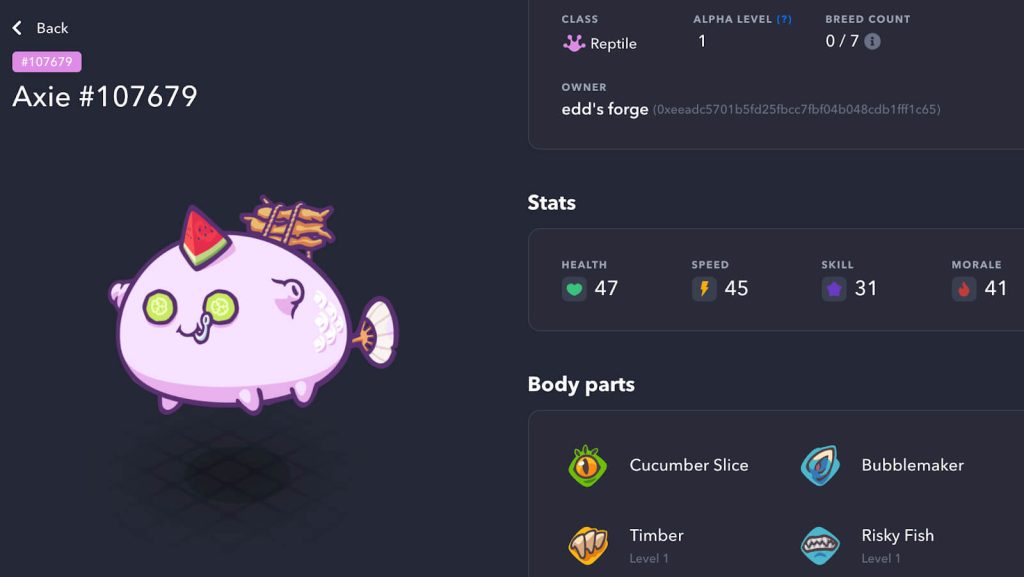
Utility NFTs in real estate
The practical application of Utility NFTs in the real estate sector is already underway, moving beyond just theoretical discussions. A notable example is Michael Arrington’s listing of an apartment on the Propy real estate platform, which was sold as an NFT. This property, originally acquired using Ethereum smart contracts, achieved a significant milestone by becoming the first-ever real estate NFT, selling for over $93,000.
Similarly, Prometheus, a real estate development company, made a significant impact by selling two luxury homes in Portugal for cryptocurrency. These transactions were groundbreaking, not just as property sales, but for incorporating NFTs into the ownership process. These examples highlight the emerging possibilities of merging NFTs with real estate, signaling a new era in property transactions and ownership.
Art and fashion industry Utility NFTs
The Art and Fashion domains have widely accepted the advent of Utility NFTs with numerous projects launched to represent real-world items like merchandise, clothes, jewelry and art pieces in a digital avatar. Fashion brands can utilize NFTs to conduct online auctions with a secure, provable winner selection method. Augmented reality could potentially enable users to try out different looks with virtual clothing in the metaverse.
A notable example of this is the collaboration between Paris Saint-Germain F.C., a prominent football club, and Blvck Paris, a cutting-edge fashion label. The two brands joined forces for a unique collaboration that blends sports, fashion, and digital creativity.
This innovative collection featured both physical and digital fashion pieces, with the highlight being a digital-first release of fashion NFTs. These NFTs, debuted exclusively on the Crypto.com marketplace, offering early access to the physical apparel as well as additional perks for their holders.
The surge of Utility NFTs simply confirms one fact—this digital breakthrough is here to stay and expand. The future looks promising, with innovative use cases being explored every day. The wave of Utility NFTs is certainly transforming the digital landscape as we know it.
Utility NFTs in music
An illustrative case of Utility NFTs in the music industry is Kings of Leon’s March 2021 initiative. They made history with their album “When You See Yourself,” releasing it not just on traditional platforms like Spotify and iTunes, but also as a series of Utility NFTs, each with unique utilities.
These Utility NFTs weren’t limited to digital formats. One variant offered digital artwork, a music download, and even a redeemable physical vinyl edition of the album. Another Utility NFT in the series provided access to premium seats at the band’s concerts. The innovative approach paid off. Within days, Kings of Leon amassed two million USD from their Utility NFT sales.
This example from Kings of Leon opens up a realm of possibilities for Utility NFTs in various fields. If Utility NFTs can offer front-row concert experiences, they could potentially replace traditional season tickets in sports, offering year-long access to football games and more. The potential applications of Utility NFTs in enhancing experiences and offering unique perks are vast and varied.
Utility NFTs for travel and cruise ticketing
While the concept of Utility NFTs in travel hasn’t been fully realized yet, it’s on the horizon. Notably, major cruise lines like Norwegian, Carnival, and Celebrity Cruises have already ventured into Utility NFTs with art collections, hinting at the potential expansion into ticketing. In the realm of travel and cruises, Utility NFTs can significantly enhance loyalty programs, identity verification, and security.
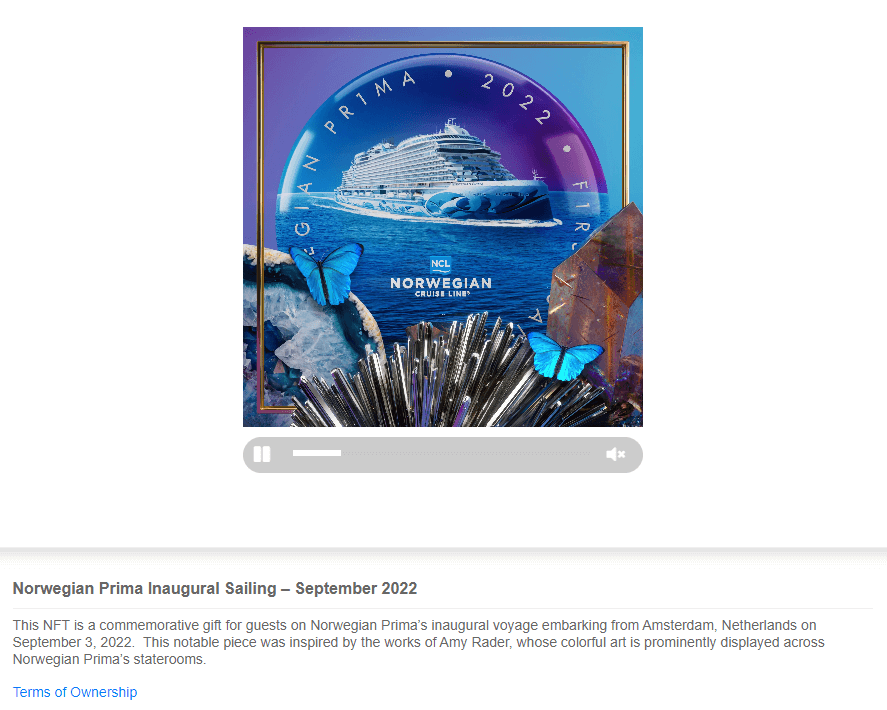
Loyalty programs are particularly promising. Imagine integrating Utility NFTs to reward frequent travelers transparently and securely, akin to digital achievement badges. For instance, a customer who accumulates 1,000 air miles could receive an Utility NFT, unlocking a range of benefits associated with that mileage tier, easily verifiable at checkout.
Utility NFTs can also streamline identity verification and enhance security. Ownership of an NFT can serve as a simple yet effective form of identity confirmation during transactions, making processes like claiming loyalty rewards as effortless as a button click. Moreover, the inherent security features of Utility NFTs—their immutability and traceable history—can foster more transparent and secure operations, benefiting both the service providers and customers.
As the travel and cruise industry explores these avenues, Utility NFTs stand to revolutionize how services are offered and accessed, adding value and convenience to every stakeholder involved.
Sports ticketing with Utility NFTs
While arts and travel have been exploring Utility NFTs, sports events are another promising domain for their application. The integration of Utility NFTs into sports ticketing offers significant advantages.
Firstly, Utility NFT tickets can streamline the ticket purchasing process, offering fans a more efficient way to access games and matches. This digital approach can eliminate the need for traditional, often cumbersome, ticket-buying methods.
Secondly, the security benefits are noteworthy. The combination of blockchain’s immutability and a comprehensive digital record significantly reduces the risk of fraud. This security extends beyond ticketing to the safe purchase of merchandise and memorabilia, ensuring authenticity and protecting buyers.
Moreover, Utility NFTs in sports aren’t just about ticketing. They open the door to complete control over royalties and distribution, a topic that deserves extensive discussion. This dual advantage – enhanced convenience and heightened security – marks a significant evolution in how sports events manage ticketing and related transactions.
Decentralized identity and Utility NFTs
Decentralized identity, a vital topic in the Web3 sphere, includes concepts like Identity Utility NFTs, Decentralized Identities (DIDs), Self-Sovereign Identities (SSIs), and Verified Credentials (VCs). These terms, while closely related, each represent slightly different aspects of the same overarching idea.
For example, CollectID is making significant strides in employing Utility NFTs for identity purposes. By partnering with major entities like Kappa and sports teams such as FC Köln, Deportivo de La Coruña, and Bayer Leverkusen, CollectID is influencing the landscape significantly.
The primary advantages of this Utility NFT-based identity approach include transferring data ownership back to users and simplifying the verification process across various stages. While the ease of verification is evident, the real novelty lies in how this method addresses privacy concerns across various sectors like marketing and sales, offering a fresh perspective on data privacy and user autonomy.
Name Service Utility NFTs
Another aspect of decentralized identities, distinct from individual human identities, revolves around naming services. This concept might seem abstract to those not familiar with tech jargon, but it essentially relates to domains and platform identifiers.
This approach reimagines the traditional Web2 Domain Name Service (DNS) in the Web3 context. Here, owning a specific NFT corresponds to having rights over a website domain name, turning it into a digital asset that can be held in a digital wallet. A prime example is the Ethereum Name Service (ENS), which operates similar to conventional domain registration but uses time-bound NFTs to signify ownership.
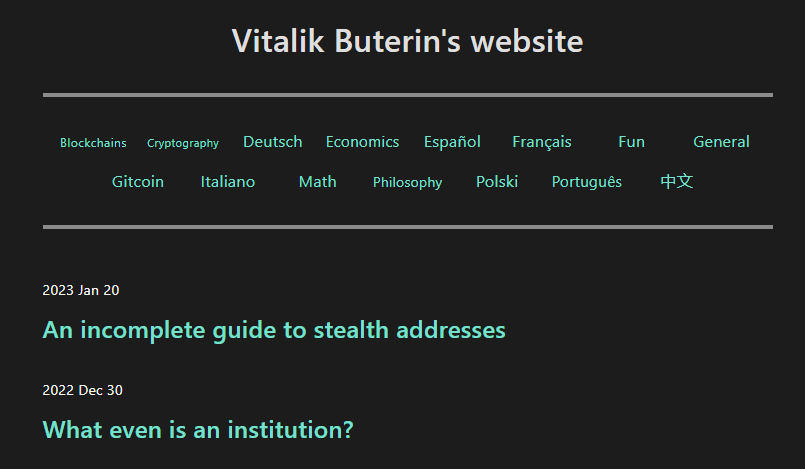
ENS seamlessly integrates with web browsers through an IPFS connection, but there are other services tailored to specific platforms. For instance, Campfire Usernames are exclusive to the Campfire Exchange, functioning as searchable elements within that ecosystem. Unlike the “.eth” domains of ENS, Campfire’s “.fire” domains primarily act as identifiers for creator profiles, rather than as broader web addresses.
Notable Utility NFT projects
In the dynamic landscape of the blockchain, several outstanding projects employing Utility NFTs are setting precedents and paving the way forward.
- GET Protocol: GET Protocol offers an innovative infrastructure blend, catering to the global events industry and enhancing NFT Ticketing benefits for organizers, artists, and their fans. Each ticket sold is instantly minted into an NFT, with the added advantage that buyers don’t need any blockchain or cryptocurrency knowledge to purchase and use their tickets. Furthermore, GET equips event organizers with tools to oversee and benefit from secondary ticket sales, capturing revenue and data that would otherwise be missed.
- VeeFriends: Spearheaded by eminent entrepreneur Gary Vaynerchuk, VeeFriends provides token holders access to the VeeCon conference—the world’s first-ever NFT-ticketed event. The community given to token owners allows for mutual learning, idea exchanges, and exclusive networking opportunities.
- Doodles: A collection of 10,000 NFT characters curated by Burnt Toast, Doodles extend beyond aesthetic appeal to offer functional value. The ownership of a Doodle token allows users to participate in community-led decisions and future developments of the project.
- World of Women: This project seeks to uplift and educate women, boosting their presence in the NFT and wider Web3 space. Token holders are granted ownership rights to the underlying artwork and privileged access to exclusive events and meet-ups.
- Crypto Baristas: This progressive NFT project provides a comprehensive caffeine experience, offering token holders exclusive perks at future café locations, the online store, and on merchandise.
The advent of these progressive projects demonstrate compelling implementations of utility NFTs while burgeoning their acceptance and adaptability in broader communities.
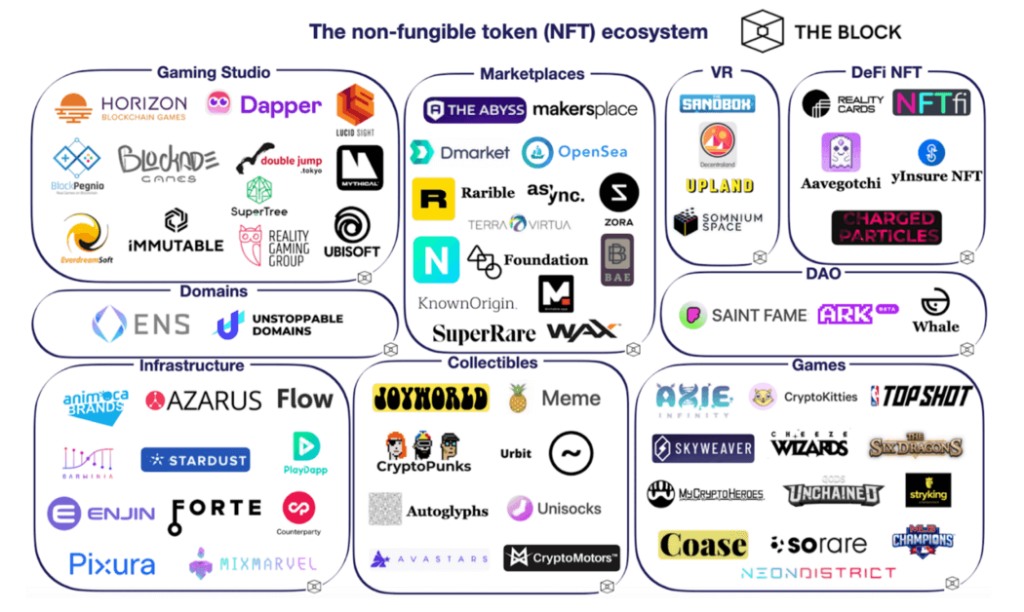
The future of Utility NFTs
The yet nascent field of Utility NFTs holds a future replete with transformative possibilities. As we progressively traverse into the digital age, they pose significant potential to supersede conventional norms across various sectors.
We envision a not-so-distant future where Utility NFTs could seamlessly replace tangible cards like insurance cards and loyalty cards, opening new avenues for users to access healthcare, discounts, event entrances, and more. By incentivizing sales through redemption of NFTs for existing or future benefits, businesses can efficiently align the interests of consumers and sellers alike, bidding adieu to traditional paper tokens.
Couple this with the burgeoning metaverse, and the potential of utility NFTs heightens. They could emerge as the gatekeepers of exclusive experiences in a virtual, shared world, from game entrance tickets to access to other exclusive virtual environments.
Utility NFTs, thus, hold the promise to establish ownership, foster community building, and contribute to environmental causes. The technology that backbones Utility NFTs is already here, and how we harness it will be determined by the limitations of our creativity.
Bringing it all together
The advent and evolution of Utility NFTs underline an exciting chapter in blockchain technology and digital ownership. They possess the potential to disrupt the way we perceive value, enabling programmable functions and features that provide tangible benefits to token holders.
However, it’s important to note that the exploratory phase of Utility NFTs is still in its infancy and has a long way to go. Despite the remarkable progress and innovative use cases so far, the full potential of Utility NFTs and their widespread industry applications remain to be realized.
With the world rapidly advancing towards decentralized and digital solutions, it would not be an exaggeration to say that Utility NFTs could serve as a major facilitator in this transition, potentially reshaping numerous sectors and experiences in the process.
From health insurance cards to season tickets, from loyalty programs to exclusive virtual environments, the utility of NFTs is only limited by our imagination. But one thing is for sure—Utility NFTs are here to stay, and we are just at the beginning of understanding the vast and transformative potential they hold.
Power-boost your project on Chainstack
- Discover how you can save thousands in infra costs every month with our unbeatable pricing on the most complete Web3 development platform.
- Input your workload and see how affordable Chainstack is compared to other RPC providers.
- Connect to Ethereum, Solana, BNB Smart Chain, Polygon, Arbitrum, Base, Optimism, Avalanche, TON, Ronin, zkSync Era, Starknet, Scroll, Aptos, Fantom, Cronos, Gnosis Chain, Klaytn, Moonbeam, Celo, Aurora, Oasis Sapphire, Polygon zkEVM, Bitcoin and Harmony mainnet or testnets through an interface designed to help you get the job done.
- To learn more about Chainstack, visit our Developer Portal or join our Discord server and Telegram group.
- Are you in need of testnet tokens? Request some from our faucets. Multi-chain faucet, Sepolia faucet, Holesky faucet, BNB faucet, zkSync faucet, Scroll faucet.
Have you already explored what you can achieve with Chainstack? Get started for free today.
 Ethereum
Ethereum Solana
Solana TON
TON Base
Base BNB Smart Chain
BNB Smart Chain Sui
Sui Unichain
Unichain Aptos
Aptos TRON
TRON Ronin
Ronin zkSync Era
zkSync Era Sonic
Sonic Polygon
Polygon Gnosis Chain
Gnosis Chain Scroll
Scroll Avalanche Subnets
Avalanche Subnets Polygon CDK
Polygon CDK Starknet Appchains
Starknet Appchains zkSync Hyperchains
zkSync Hyperchains











